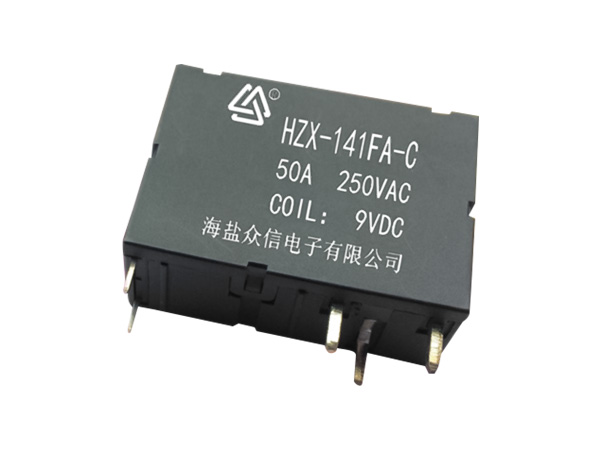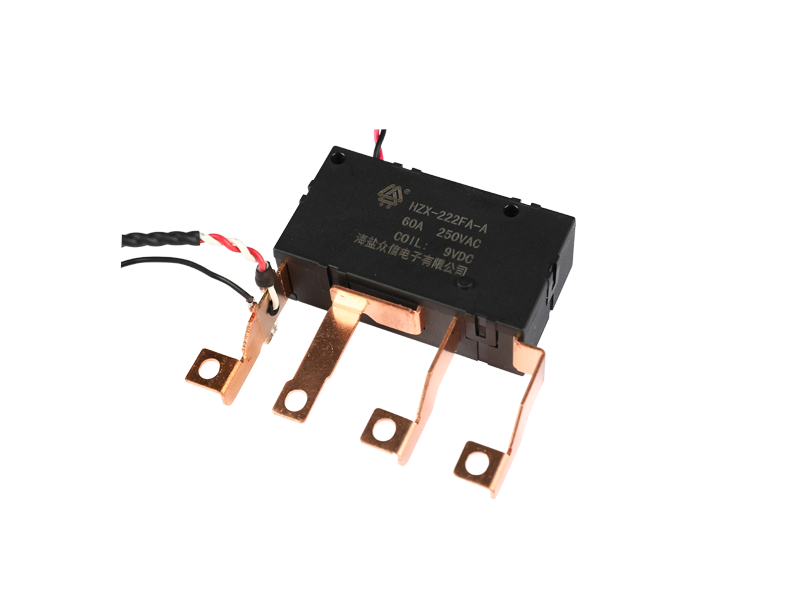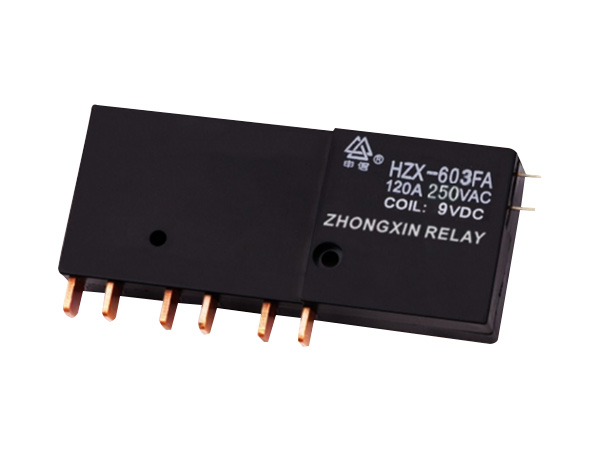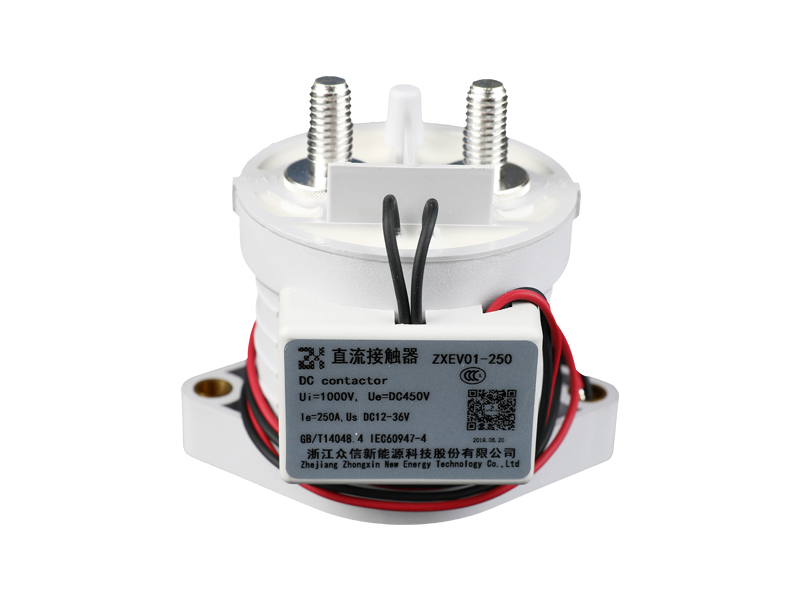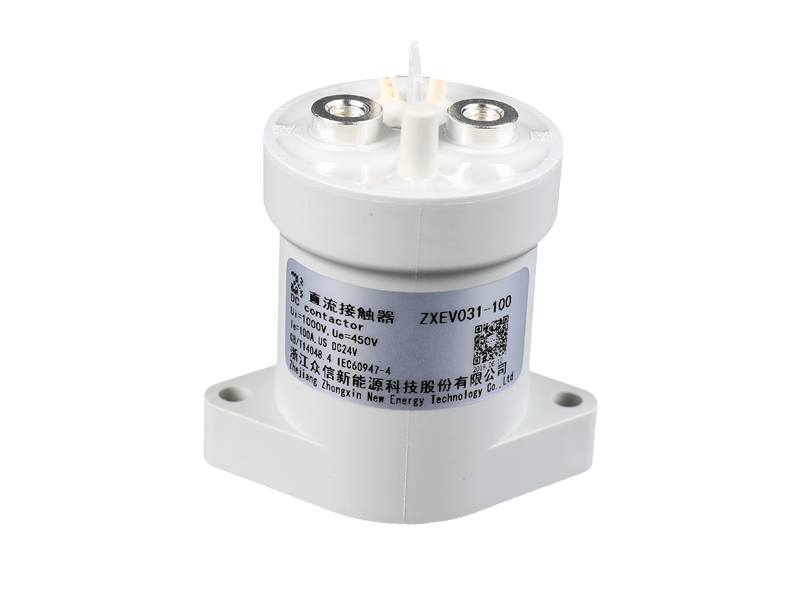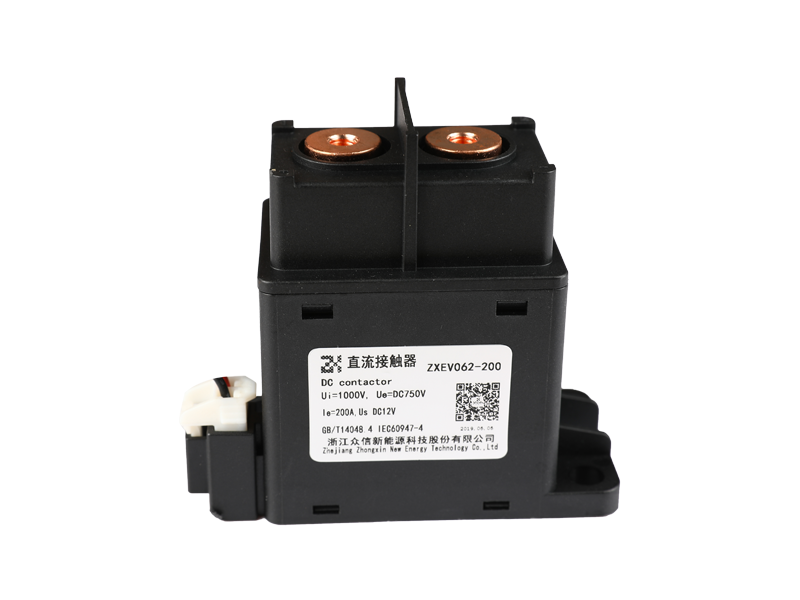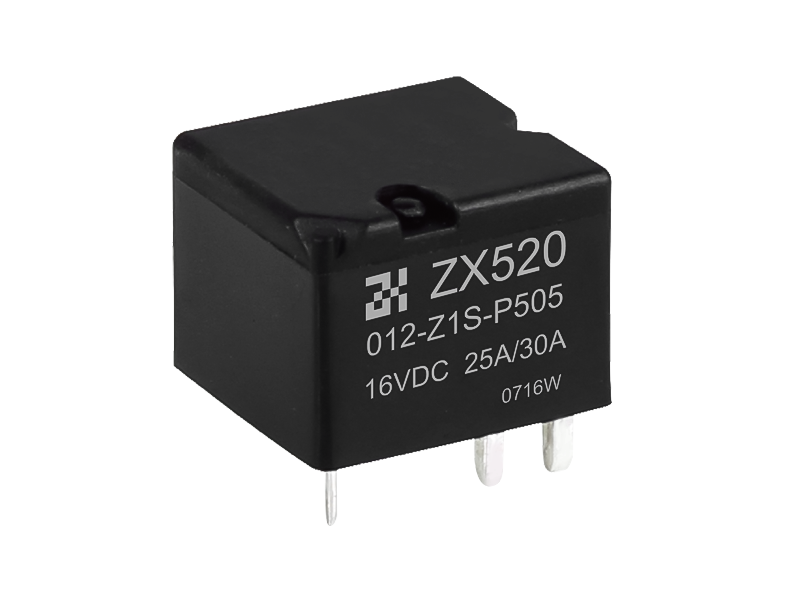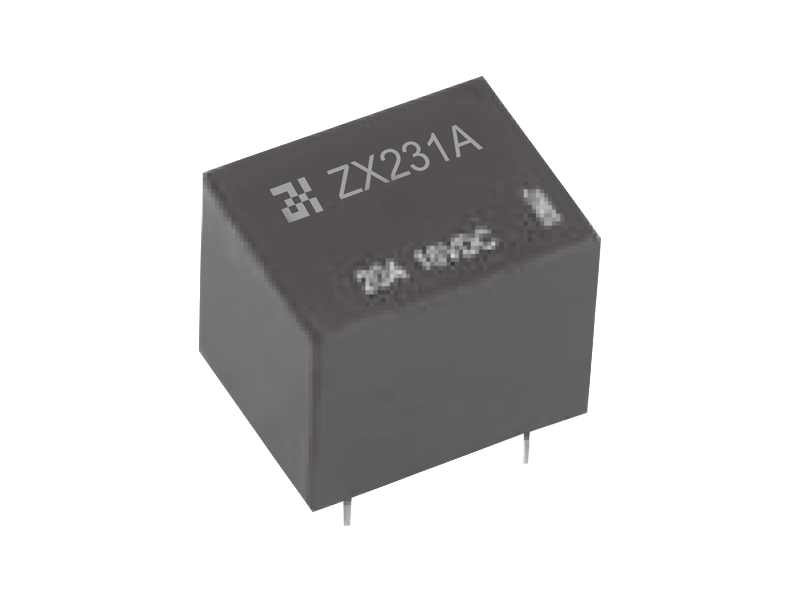A latching relay, which is a subtype of electromechanical or electromagnetic switch, commonly chosen in scenarios where the operator needs to control (either switch off or amplify) a large amount of current flow.
.jpg)
The key components in a magnetic or mechanical latching relay are:
terminals or solenoids made from one or more wire coils (most commonly copper wire, which is low-resistance and helps to facilitate efficient power transmission);
a small metal strip, or armature, intended to transition between these two coils and provide the on/off gateway to the rest of the circuit(s);
When subjected to a brief pulse of relatively low input current, the coil(s) in a latching relay switch generate a magnetic field, pushing or pulling the armature - often known as a 'reed switch' in electromagnetic relays - suspended between them. This causes the strip to move from one to the other terminal accordingly. The switching action can either be set up to complete or break a single circuit, or as a method of switching power between two separate circuits.
The unique advantage of a latching relay, as opposed to general purpose or non-latching relays, is that the armature on a latching relay will remain in the last position it was moved to until forced to change states (i.e. to move back in the opposite direction again via the application of a further pulse of current).
Owing to this key characteristic, latching relay switches are known as being 'bistable'. Because it only requires an input current for those brief voltage pulses necessary to switch it between one state and the other, a latching relay will offer a lower power draw over extended use periods than most other types of non-latching relay.

